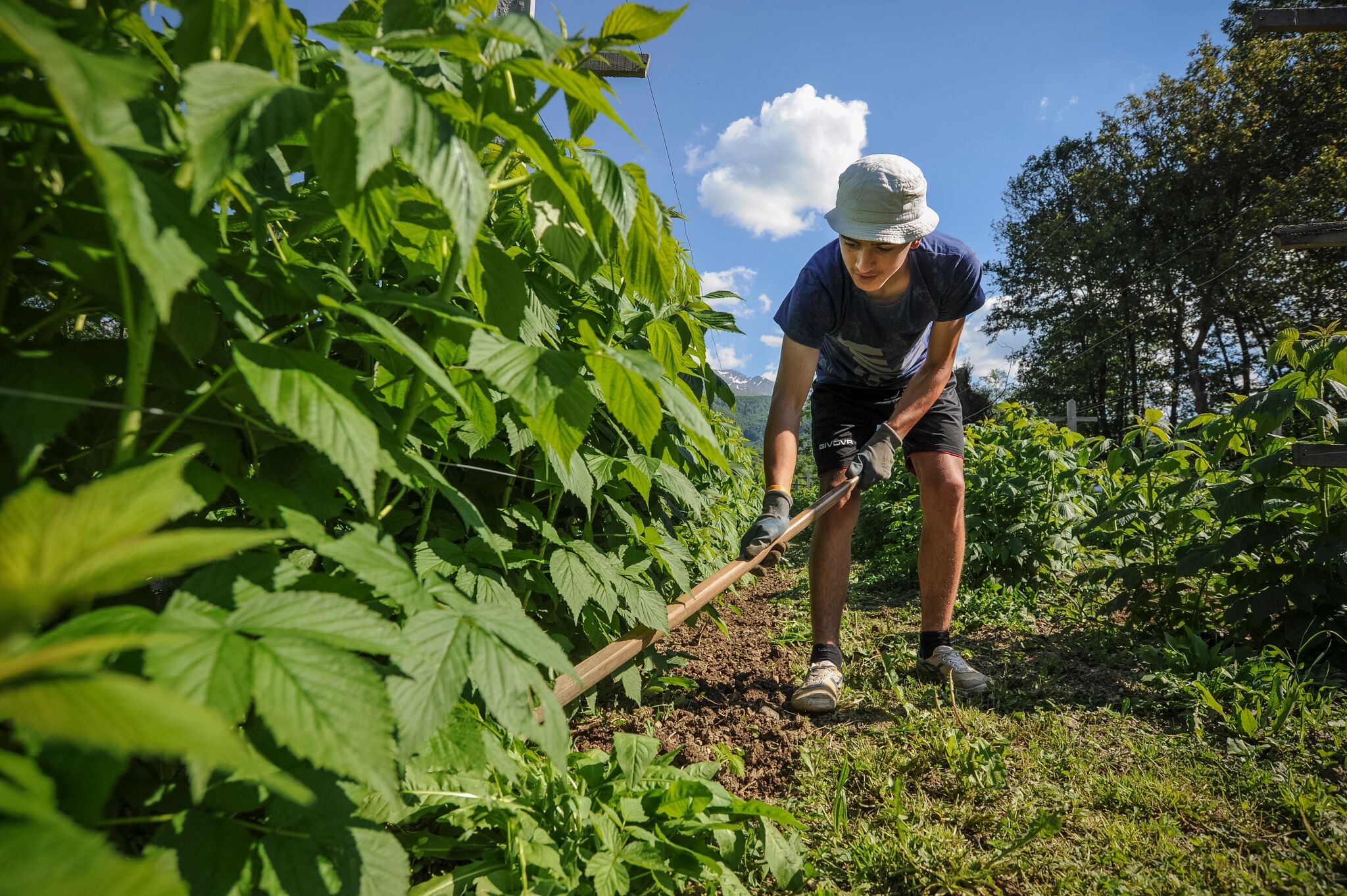--- Image caption ---
If there’s one thing I’ve learned at UNDP, it’s that good development projects don’t just happen.
Here at UNDP in Kosovo*, I have seen well-designed and delivered programmes change the lives of people in rural areas. In the last year alone, over 1,100 people found jobs thanks to our projects throughout Kosovo and earn more money than they used to.
Yet when I’m asked to give good advice, I’m just as guilty as everyone else in repeating jargon and buzzword-filled sentences like “design for the community with the community,” “build on local context and leverage local potential,” or “partners assume concerted roles.” So what do these sentences actually mean in practice?
As confusing as they sound, these aphorisms do carry nuggets of wisdom. Today I wanted to look at each of them in more detail, and also demystify development in the process.
1. Design for the community, with the community.
In Kosovo’s rural south, where unemployment rates reach as high as 50 percent, we have been hard at work trying to create opportunities for people to find jobs, sell more local produce, and bring more income to their families.
In doing so, we make sure local citizens, the private sector, civil society, and public officials outline our services themselves. Asking about what is needed, where, and how the citizens would benefit the most isn’t just common courtesy: it’s a must.
Involving citizens in the design process changes the dynamic drastically, turning “the beneficiary” into a partner.
Our team works daily with the municipalities in every aspect of the work, from planning to monitoring to reaching out to citizens. Moreover, the municipalities themselves contribute financially to the project. This way, our work as UNDP is not simply an external “intervention”. It’s an initiative owned by the community itself.
2. Build on local context and leverage local potentials.
A decade ago, Štrpce/Shtërpcë looked nothing like what it is now: endless pastures of red berries and collectors working around the clock. Corn was the crop of choice, bringing only meager income for local farmers.
Today, it is a raspberry powerhouse bringing solid profits to the community. That’s because the red fruit has ideal conditions to thrive in the municipality; in fact, it is a cash crop that the community can prosper around. By identifying the industries and crops with the highest potential, we were able to help the locals grow the economy further.

3. Partners assume concerted roles.
Our work would be impossible if each partner wasn’t given equal opportunity to bring its expertise to the table. It’s this set-up that creates mutual accountability and makes collaboration truly effective.
In our case, the municipal directorates for agriculture and economic development consult citizens who tell them where to invest. Local employment offices help recruit the right people for the work ahead. The Austrian Development Agency (ADA) and UNDP then provide knowledge, funding and equipment, while the national park, independent technicians and UNDP colleagues from all walks of life support the effort.
It paid off. Over the last three years, more than 900 people in the area have increased their earnings. We now plan to add 700 more people to that list before 2020. We’re particularly thankful to ADA and other partners of our sustainable development projects, like the Finnish Government, giving the word “partnership” its true meaning.
* References to Kosovo on this website shall be understood to be in the context of Security Council Resolution 1244 (1999)

 Locations
Locations
